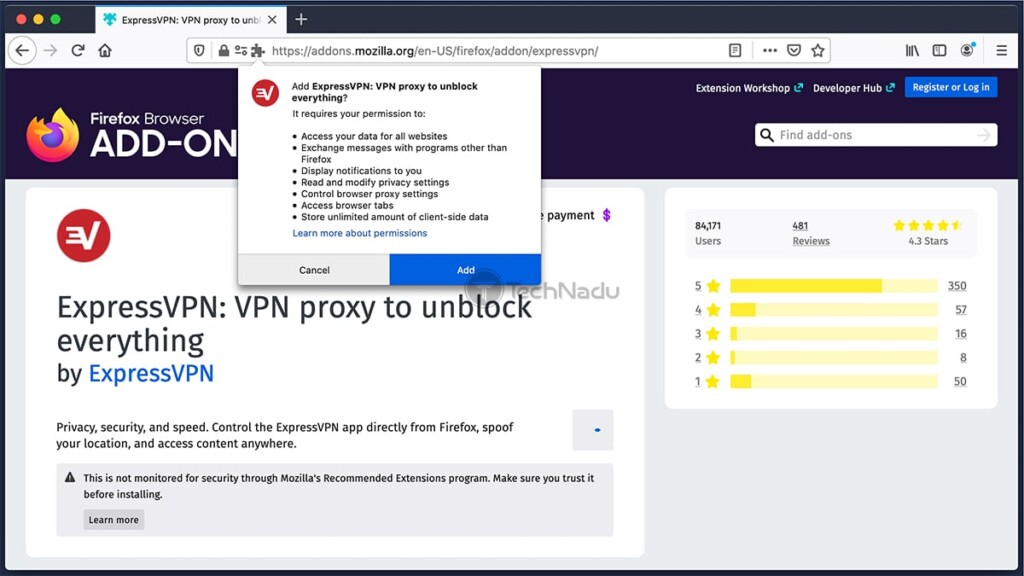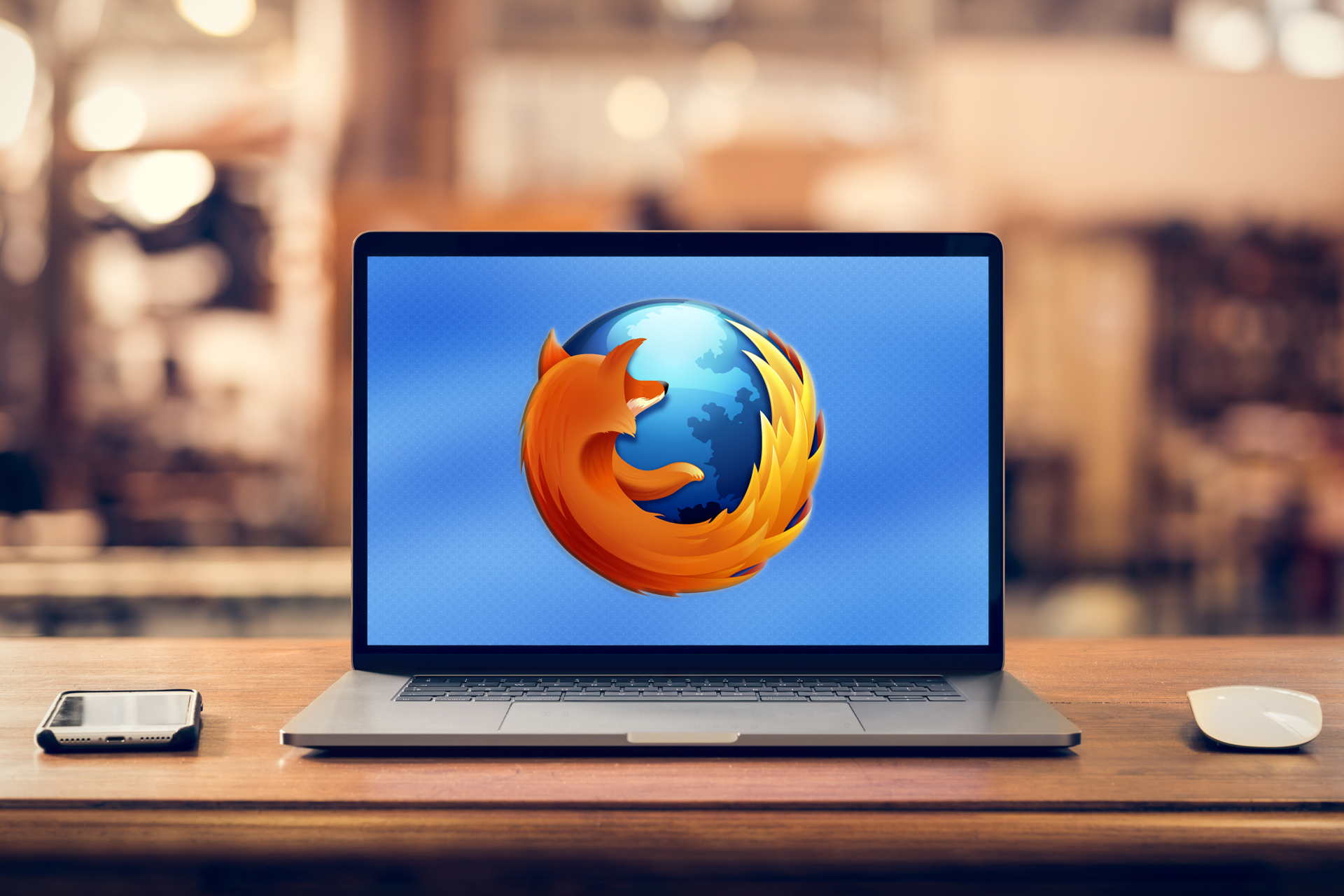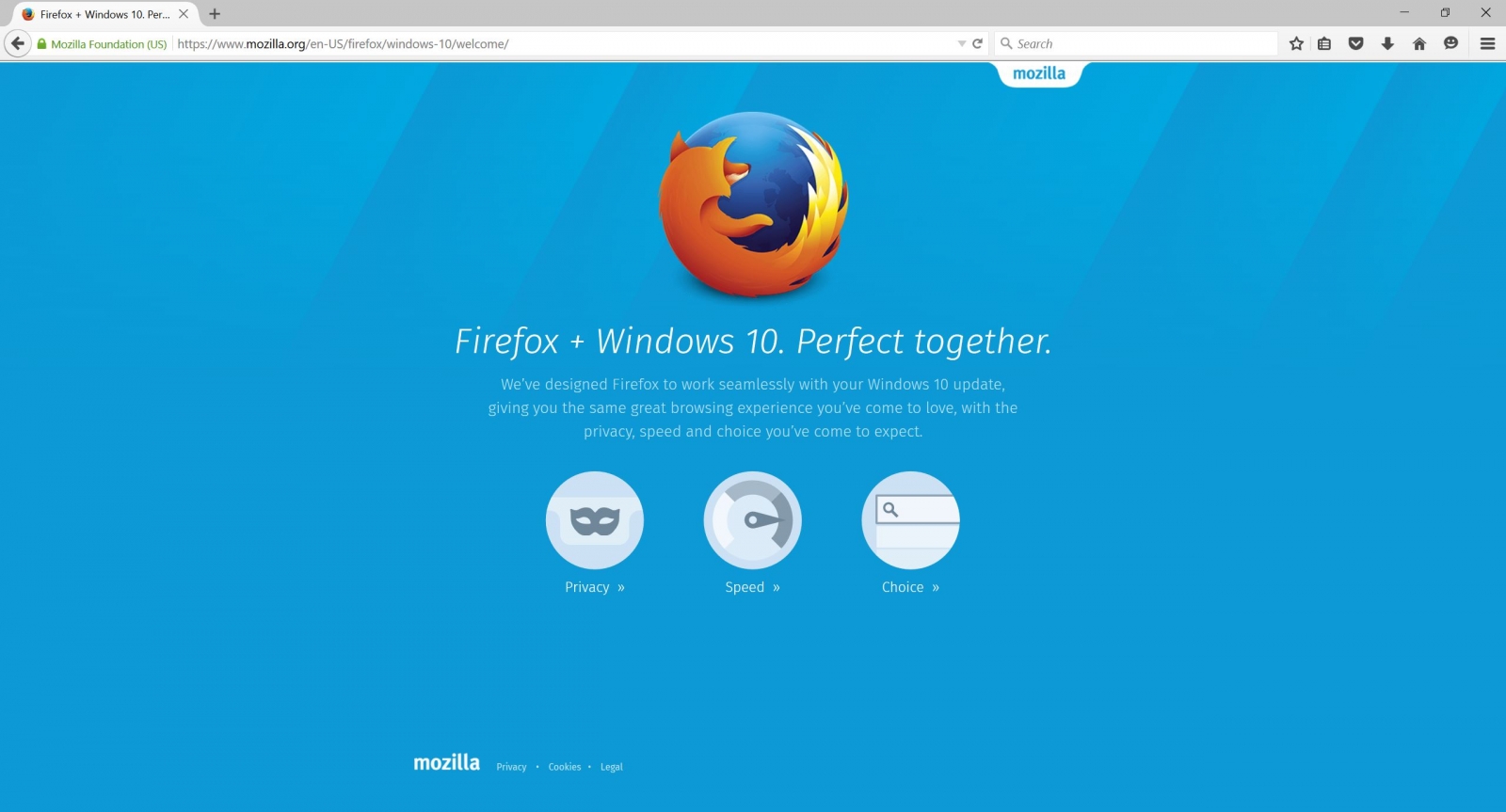

This one seems a bit counter-intuitive when talking about how to make a VPN faster, but it might work. Try switching to that from TCP to speed up your VPN connection. UDP is faster but less reliable when it comes to actually delivering packages, so it’s usually used for live video streaming. OpenVPN functions with either TCP (Transmission Control Protocol) or UDP (User Datagram Protocol). If you’re working with OpenVPN (sometimes it’s the only option), you can switch between transmission protocols to increase VPN speed. IKEv2 and OpenVPN are two reliable standbys, but they’re not as fast. WireGuard is the most modern, fastest protocol on the roster, so switch to that one if you haven’t already. Some of these protocols are willing to sacrifice performance for high-security, while other protocols will do the opposite.

Change your protocol settingsĭifferent protocols utilize specific encryption standards to encrypt the tunnel for data sent between you and a VPN server. Please be sure to act in compliance with all applicable laws and regulations of streaming service providers. We prohibit using Surfshark services for any unlawful purposes as it is against our Terms of Service.

Your VPN connection should speed up then. If it doesn’t matter, try a server that’s as close to you as possible. That’s why you should change your VPN location to far-off servers only if you want to appear as if you’re in a specific country. Then you also have to factor in the numerous networks your data will have to pass through and bandwidth limitations across borders. That’s a physical fact you can’t do anything about no matter how hard you want to increase VPN speed. When you’re connected to a VPN server that is far away, there’s a lot more latency, which is the time it takes to send a request to a server or receive a response. Probably the easiest tip, as the location of your VPN server will affect your internet speed depending on the distance between the server and you.


 0 kommentar(er)
0 kommentar(er)
